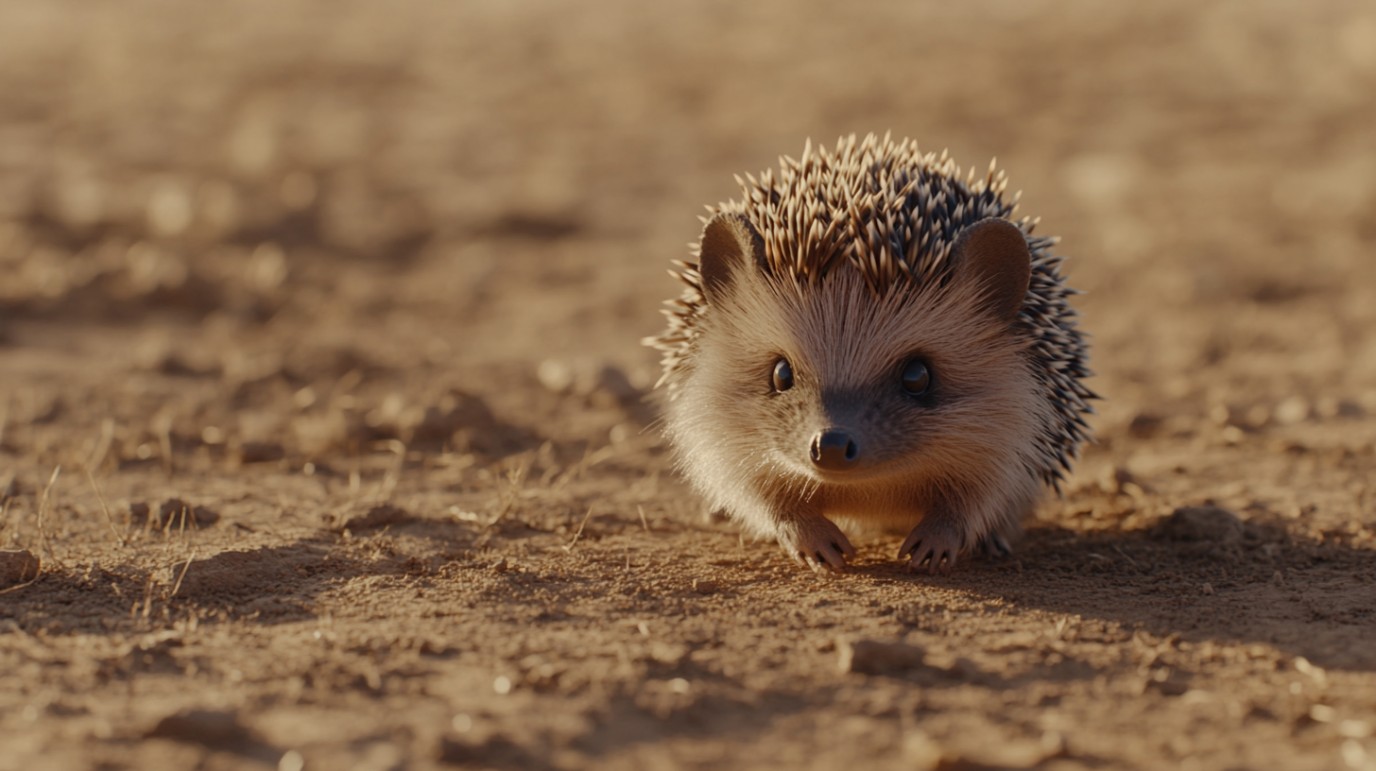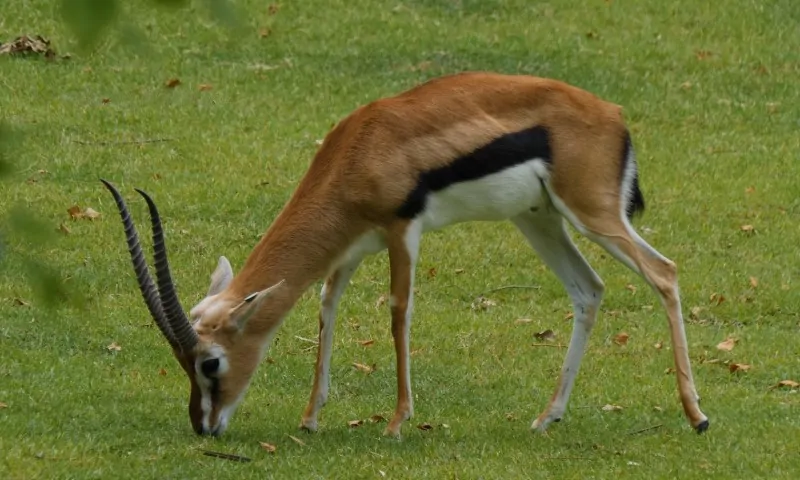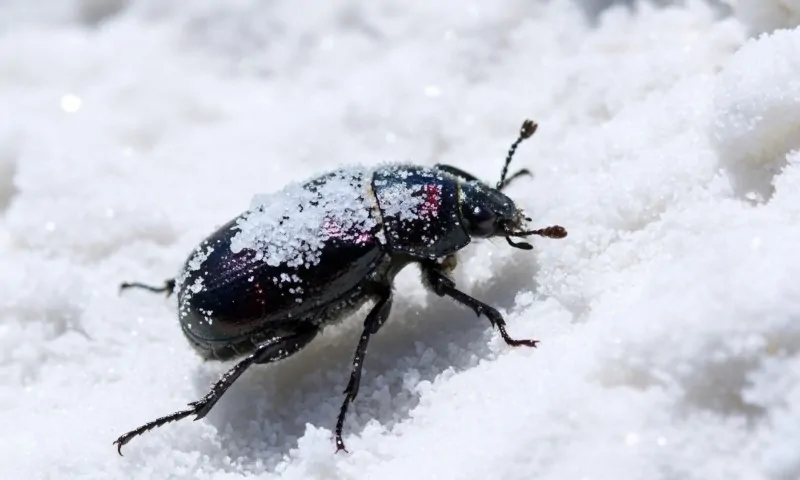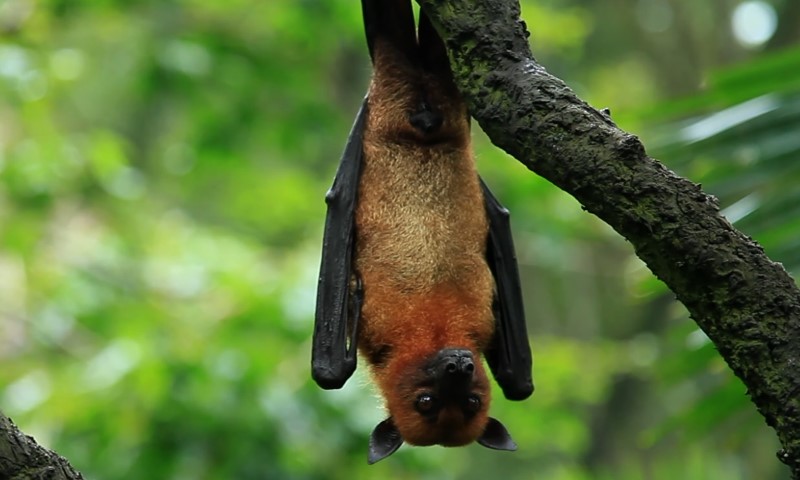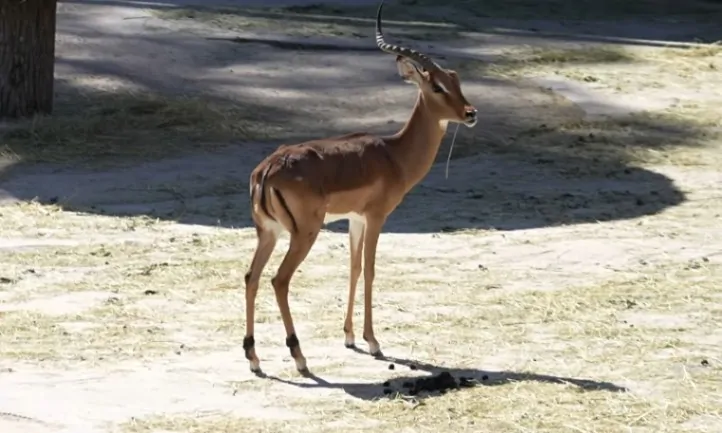You wouldn’t expect a creature that can fit in your palm to handle the brutal extremes of desert life — scorching heat, freezing nights, and predators at every turn. But the desert hedgehog doesn’t just survive. It thrives.
Found in some of the world’s harshest environments, the desert hedgehog is nature’s pocket-sized survivalist. It’s a small mammal that often gets overshadowed by its European cousins in pet shops and viral videos, but in the wild, this spiky little nomad is an evolutionary marvel.
What sets it apart? Well, for starters:
Common Name
Desert Hedgehog
Scientific Name
Paraechinus aethiopicus
Family
Erinaceidae
Average Length
5.5–7.5 inches (14–19 cm)
Weight
9–14 ounces (250–400 grams)
Lifespan
4–6 years in the wild
Habitat
Deserts, semi-arid scrublands
Native Range
North Africa, Middle East
The desert hedgehog is one of the smallest hedgehogs in the world. Its signature look? A dense covering of sharp spines (modified hairs), a dark mask across the face, and a white underbelly. Think of it as the desert’s armored roamer.
Table of Contents
ToggleWhere They Live

You’ll find them across the Sahara, Arabian Peninsula, and parts of the Middle East — places where the sun bakes the ground by day and the temperature drops fast at night.
These aren’t just dry regions. They’re ecosystems where food is scarce, water is precious, and temperatures swing wildly.
Desert Hedgehog Habitat Map
Region
Countries
North Africa
Egypt, Libya, Algeria, Sudan, Morocco
Arabian Peninsula
Saudi Arabia, Yemen, Oman, UAE, Qatar
Middle East
Israel, Jordan, Iraq, Iran
They prefer rocky areas, dry riverbeds, and bushy scrub zones — all perfect for burrowing, hiding, and foraging.
Built for the Desert
Surviving in the desert isn’t about brute strength. It’s about smart adaptations. The desert hedgehog is loaded with evolutionary features that help it outwit heat, predators, and the lack of water.
Key Adaptations
- Spines for Protection: Like other hedgehogs, it curls into a tight ball when threatened. But its spines are especially dense and sharp.
- Small Body Size: Helps regulate body temperature quickly.
- Nocturnal Life: Avoids the blazing heat by foraging at night.
- Burrowing Behavior: Digs shallow holes or finds shelter in crevices during the day.
- Efficient Kidneys: Conserves water by producing very concentrated urine.
- Seasonal Torpor: Enters a state of low activity or hibernation during extreme conditions.
What They Eat: Small Appetite, Big Variety
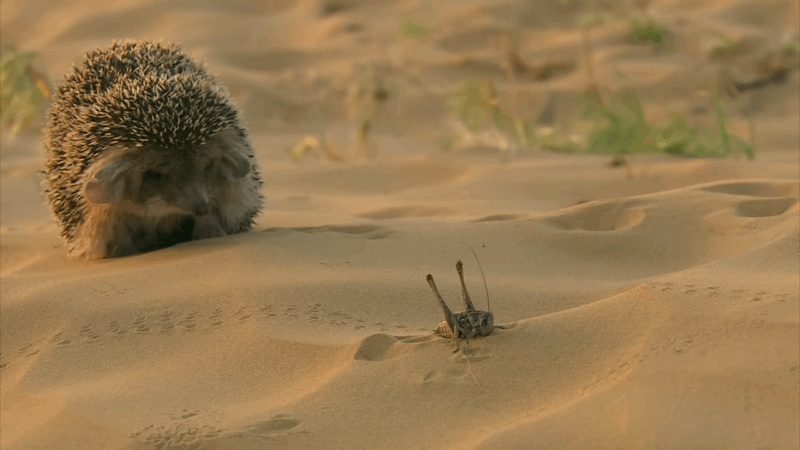
For such a compact animal, the desert hedgehog has an impressively versatile diet. It’s technically an omnivore, but there’s a strong lean toward meat, mostly invertebrates. Think of it like the desert’s cleanup crew, picking off the bugs, worms, and smaller critters most of us would rather not deal with.
Its favorites include beetles, spiders, centipedes, and worms. Scorpions are also on the menu, which is wild when you consider how dangerous they are to most animals. But here’s the kicker: the desert hedgehog has a partial resistance to scorpion venom.
It’s not entirely immune to every toxin in the desert, but it can take stings that would knock out other small mammals. There’s even some evidence that they can survive bites from venomous snakes like vipers—something that’s still being researched.
If an unlucky lizard or baby snake crosses its path, it might become dinner too. And when available, the hedgehog won’t turn down bird eggs or the occasional bit of fruit or plant matter, especially if it offers hydration.
It doesn’t drink water often in the wild. Instead, most of its moisture comes from the food it eats. That includes juicy insects and roots that contain trace amounts of water.
Here’s a closer look at what fuels their survival:
Food Type
Why It Matters
Insects & worms
Packed with protein and moisture
Scorpions
Venom resistance allows access to a risky but plentiful food source
Small reptiles
High-protein, opportunistic meals
Plant material
Fiber, trace nutrients, and water content
Eggs
Good source of calcium and fats
Their digestive system is built to handle this mix of hard-shelled bugs and softer prey. And unlike domestic hedgehogs that may require specially formulated diets, the desert variety survives on whatever the night offers. It’s an opportunistic feeder, and that’s part of what makes it such a successful desert dweller.
They also have a shockingly good immune system for something so small. The desert hedgehog’s biological defenses allow it to survive in an environment swarming with parasites, bacteria, and predators.
That venom resistance? It’s not just luck. It’s evolution’s reward for surviving in a world where everything has fangs, stingers, or venom sacs.
Mating, Reproduction & Raising the Next Generation
The hedgehogs we are seeing appearing all over the country now are the boys – the girls will be getting up next month.
This is a crucial time for the males to build up their strength and health, and the weight they lost during hibernation, ready for the rigours of mating.
So… pic.twitter.com/AUHDbK6AZS— Hedgehog Cabin (@HedgehogCabin) March 22, 2024
Desert hedgehogs, like most solitary animals, don’t have much time for romance outside of mating season. But when the weather warms up and conditions stabilize—usually in the spring or early summer—something changes.
Males begin roaming more widely, not just in search of food, but following scent trails left by females in heat. It’s a subtle, quiet courtship. There are no elaborate displays or calls—just chemical signals, body language, and sometimes a bit of sniffing around.
Once a pair mates, the male typically wanders off. In the wild, he plays no role in raising the young. The female, on the other hand, becomes a full-time parent.
She finds or builds a safe, insulated nesting site, often underground or well-hidden in thick scrub. After a gestation period of around 35 to 42 days, she gives birth to a litter of anywhere between two and six hoglets.
At birth, they’re helpless: blind, pink, and soft. Their signature spines don’t harden until a day or two later. Within a couple of weeks, their eyes open, and they begin exploring the nest.
By the time they’re about six weeks old, they’re already hunting with their mother and gradually becoming independent. It’s a tight schedule—one that doesn’t leave much room for error in a landscape filled with threats. But in that short window, the mother passes on critical survival behaviors.
Interestingly, desert hedgehogs don’t reproduce rapidly like rodents. They usually have just one litter per year, especially in harsher environments. The survival rate isn’t high, but nature has a way of balancing things out: the ones that do make it are already toughened by experience.
Predators and Threats

For all its armor and stealth, the desert hedgehog isn’t invincible. It sits somewhere in the middle of the food chain—an opportunistic predator, but also a frequent target. Owls are among its most dangerous enemies, especially species like the Pharaoh eagle-owl that hunt by sound.
Foxes, such as the red fox and the more elusive Rüppell’s fox, are also a major concern. And then there are snakes, which can slip into a burrow quietly and strike before the hedgehog has a chance to curl up.
When threatened, the desert hedgehog’s first instinct is to freeze. If the threat persists, it rolls into a tight ball with its spines facing outward—an incredibly effective defense. Few predators can get past those sharp quills without injury. But it doesn’t work against all enemies.
Snakes, for example, can still swallow them whole depending on size and species. In some tragic cases, their defense works too well against vehicles; when caught in headlights, they may freeze and curl up on the road instead of fleeing, which has led to growing numbers of roadkill incidents.
Then there’s the human factor. In areas near villages and cities, their habitats are shrinking. Urban development, road expansion, and the conversion of wild scrubland into farmland are pushing desert hedgehogs further from safe zones. They’re also sometimes caught and sold illegally as exotic pets, which often leads to premature death in captivity due to improper care.
Conservation Status: Not Endangered, But Not Safe
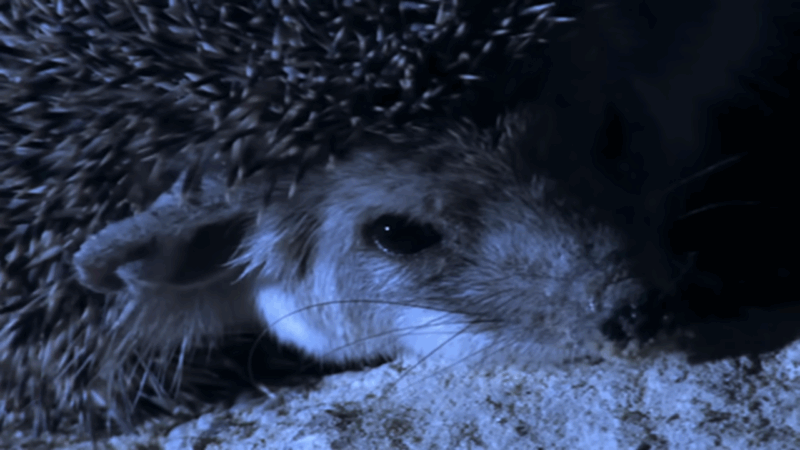
Technically, the desert hedgehog is not endangered. According to the International Union for Conservation of Nature (IUCN), it’s classified as a species of “Least Concern.” But that label doesn’t tell the whole story. The truth is, there’s very little hard data on desert hedgehog populations across their full range.
Because they’re nocturnal, solitary, and live in remote areas, they’re rarely seen, let alone studied in depth. Most of what we know comes from localized field studies or anecdotal observations. That means there could be population declines happening right now that simply aren’t being recorded.
Their resilience is impressive, but it has limits. Habitat loss, traffic deaths, and illegal trade are all on the rise. And unlike some animals that can adapt easily to urban environments, the desert hedgehog is tied closely to natural land, especially scrubby, undisturbed areas where it can hide, hunt, and breed in peace.
Here’s a quick overview of where they stand:
Status
Details
IUCN Category
Least Concern (as of last review)
Population Trend
Unknown; potentially declining in fragmented regions
Major Threats
Habitat loss, vehicle mortality, exotic pet trade, and superstition
Legal Protection
Varies by country; minimal enforcement in some areas
More fieldwork, more data collection, and better local education could make a huge difference. But until that happens, “not endangered” shouldn’t be mistaken for “safe.”
Rare and Cool Facts You Might Not Know
Trait / Behavior
What’s Cool About It
Hissing
Emits a loud, snake-like hiss when threatened — an effective scare tactic.
Self-Anointing
Covers its spines with frothy saliva mixed with new or strong smells — purpose unknown.
Venom Resistance
Can survive stings from scorpions and even bites from vipers — likely due to special blood proteins.
Should You Keep One as a Pet?
The short answer? You really shouldn’t.
Yes, some people in parts of the Middle East and North Africa do keep desert hedgehogs, and yes, they are undeniably adorable. But they’re wild animals—born to roam, forage, dig, and live on their own terms. Keeping them in captivity, especially without the proper desert-like environment, can quickly lead to stress, malnutrition, and early death.
Desert hedgehogs are also extremely sensitive to temperature changes. Without a warm, dry, stable climate, they can fall ill.
Their diet is hard to replicate properly outside the wild—most pet owners can’t regularly supply the insects and reptiles they naturally crave. And because they’re nocturnal, they’re not exactly fun companions unless you’re a night owl yourself.
If you’re truly interested in hedgehogs as pets, domesticated breeds like the African pygmy hedgehog are a far better option. They’re bred for captivity, have specific care routines available online, and won’t suffer from being removed from their native habitat.
Final Thoughts
The desert hedgehog might not have the swagger of a big cat or the fame of a camel, but in terms of pure grit and adaptability, it more than holds its own. It’s a masterclass in evolution—combining clever behaviors, biological defenses, and an ability to make the most of a brutal environment.
This isn’t just a cute creature with a spiky back. It’s a vital piece of its ecosystem, keeping insect populations in check and serving as prey for higher predators. And as climate change and human expansion continue to reshape deserts around the world, the fate of small, often-overlooked animals like the desert hedgehog becomes more uncertain.
So next time you think of desert wildlife, remember the little guy hustling under the stars, sniffing out beetles, avoiding owls, and carrying on a legacy of survival that’s thousands of years in the making.
Related Posts:
- Who Built the Mysterious Stone Circles in the Sahara?
- How Long Can a Lion Endure Without a Meal? Survival…
- 6 Unique Plants Found in the Sahara Desert - Rare…
- Life in the Namib Desert - Africa's Oldest Desert…
- What Do Spider Eggs Look Like and Where Can You Find Them?
- Travel and Memories - Souvenirs That Tell the Story…

